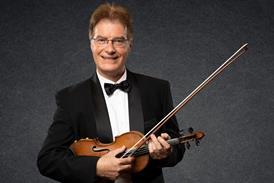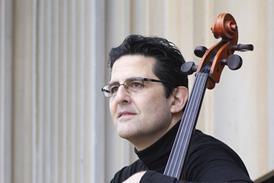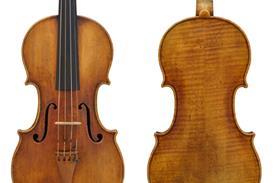- News
- For Subscribers
- Student Hub
- Playing Hub
- Directory
- Lutherie
- Magazine
- Magazine archive
- Whether you're a player, maker, teacher or enthusiast, you'll find ideas and inspiration from leading artists, teachers and luthiers in our archive which features every issue published since January 2010 - available exclusively to subscribers. View the archive.
- Jobs
- Shop
- Podcast
- Contact us
- Subscribe
- School Subscription
- Competitions
- Reviews
- Debate
- Artists
- Accessories
Masterclass: Maxim Vengerov on Mozart Sinfonia Concertante K364

This masterwork is often treated as a party piece, but there is much more to it than that. Understanding harmony, history and opera is vital in performing it, says Maxim Vengerov, in this article from February 2007
The period in which Mozart wrote the Sinfonia concertante in E flat major, 1779–80, was an exciting one for him. Fresh from writing the five violin concertos he was starting to break through as an opera composer – Idomeneo was first performed in 1781. He had visited Mannheim in 1778, and found there one of the best orchestras in Europe, 50 players strong and able to play from the smallest pianissimo to the most gigantic fortissimo. He was stunned, and inspired.
Meanwhile, Baroque was being replaced by Classical and composers were looking for different forms: the concerto grosso was outdated. J.C. Bach and Haydn were experimenting with ‘symphonies concertantes’, symphonies that featured soloists but weren’t proper concertos. When Mozart discovered this, he decided to try his luck with the form.
It was also a very emotionally turbulent time for Mozart. He had been romantically linked with the brilliant singer Aloysia Weber, who inspired many of his concert arias, but the relationship had just ended. Then in July 1778 his mother died.
So the piece is romantic, imbued with loving feeling, but it’s also tragic and dark. It is often treated as a get-together piece, but it is the very serious statement of a composer trying something new, crossing over from Baroque to Classical. It is very important to know these factors before starting to work on this piece.
Already subscribed? Please sign in
Continue reading this article and explore hundreds more…




























